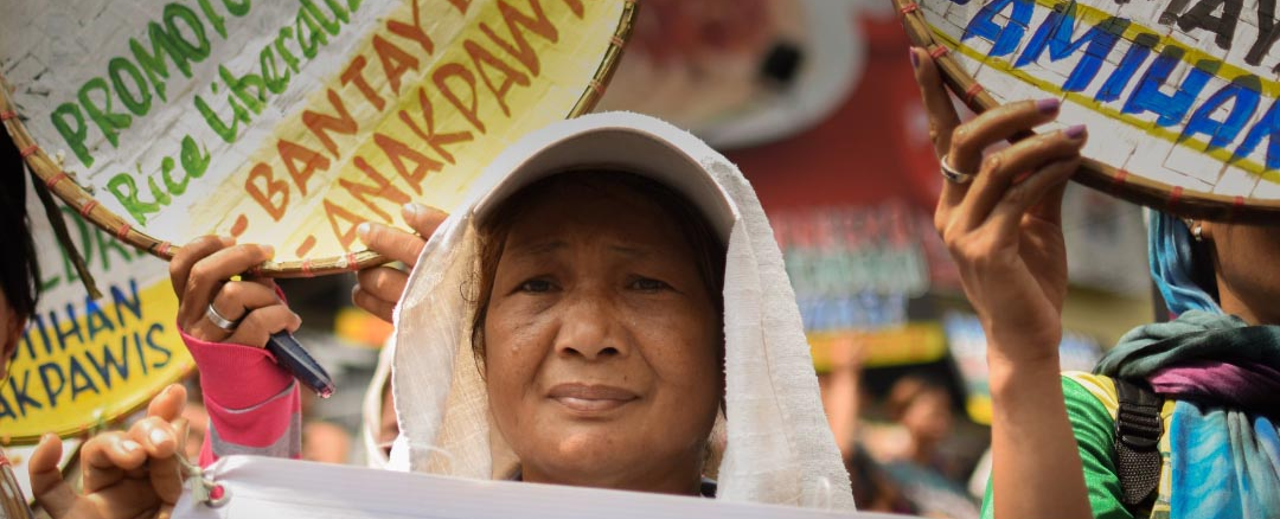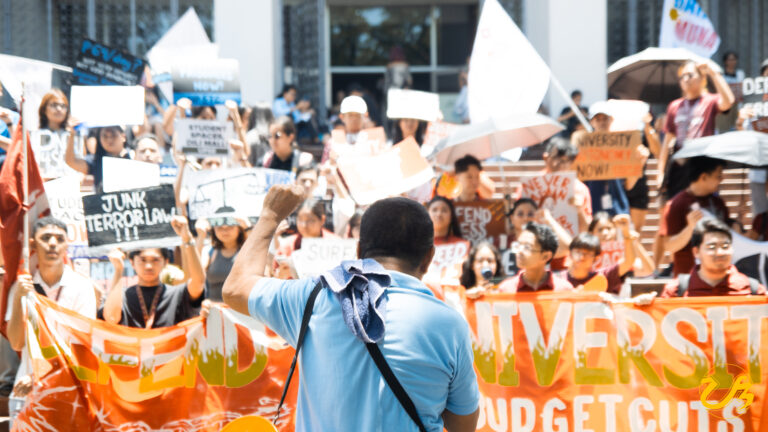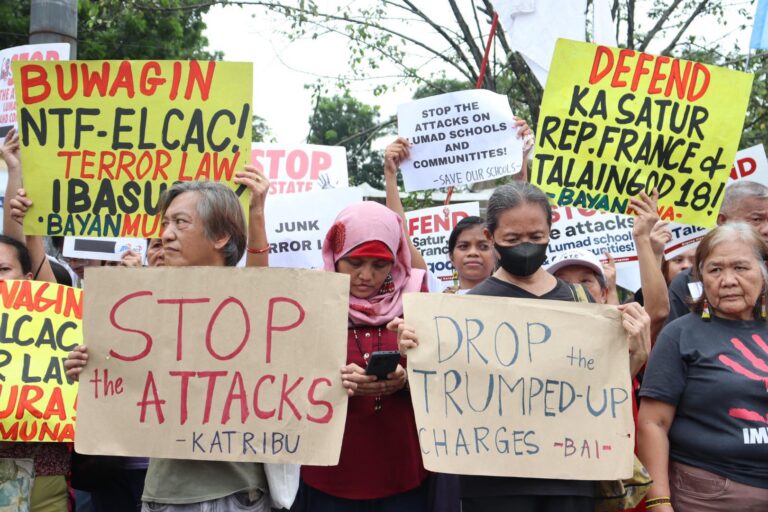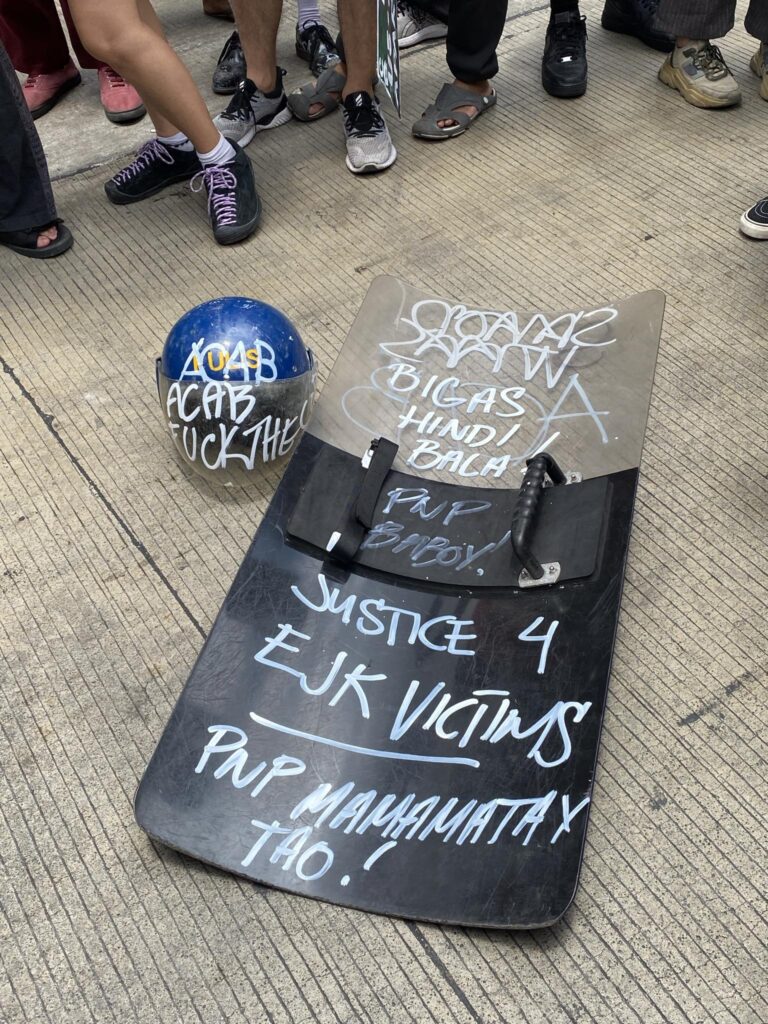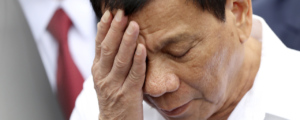
Duterte once vowed to liberate farmers from poverty by distributing the land that is rightfully theirs before he assumed office back in 2016. But in his five-year rule, more blood has been shed on our crops as he eats his words with more than 300 peasant deaths under his regime.
In front of 100 farmers and land rights advocates, the then presidential candidate promised to provide a “better alternative” by pursuing land reform and distribution “differently” and even claiming that the past administration’s Comprehensive Agrarian Reform Program Extension with Reforms (CARPER) was an outright failure.
However, little to no further efforts to improve the conditions of local farmers and their struggle for genuine agrarian reform has been made, making his grand display during campaign season all talk and no walk.
Furthermore, the implementation of the Anti-Terror Law along with continuing operations of the National Task Force to End Local Communist Armed Conflict (NTF-ELCAC) have targeted a population of peasants and labeled them as rebels. This resulted in widespread farmer deaths in the countryside.
Here are four incidents wherein peasants and peasant activists were slain under the Duterte administration:
Sagay 9
On October 20, 2018, nine sugarcane farmers were shot by around 40 armed men at Hacienda Nene in Barangay Bulanon, Sagay City. Four of these farmers were women while two were minors.
The slain peasants were part of the National Federation of Sugar Workers (NFSW). According to the group, the farmers participated in “bungkalan” where they cultivate unoccupied land as their militant response to the government’s refusal to distribute all land to the tillers.
Authorities had initially blamed the New People’s Army (NPA) despite the rebels clarifying their non-involvement in the killings.
Randy Echanis
Anakpawis Chair and Kilusang Magbubukid ng Pilipinas Deputy Secretary General Randall “Randy” Echanis was slain inside his own home at Quezon, City. Echanis was known for forwarding the Genuine Agrarian Reform Bill (GARB) in place of the false attempts to distribute land to farmers.
Echanis was also a political adviser for the National Democratic Front of the Philippines (NDFP) and openly condemned the suspension of peace talks ordered by Duterte last 2017.
The late Anakpawis chair was said to be undergoing medical treatment when he was attacked by state forces. Furthermore, his autopsy showed signs of torture or prolonged inflicted pain according to Dr. Raquel Fortun from the University of the Philippines College of Medicine.
Tumandok Massacre
Nine indigenous people (IPs) from the Panay Tumandok community were killed in simultaneous police operations on December 30, last year. Seventeen others were arrested.
The victims were accused as armed rebels by the military. According to Panay Alliance Karapatan, the Tumandok farmers were known community leaders who constantly opposed the high militarization happening in their community to protect their indigenous rights to land.
Police Regional Office – Western Visayas claimed the operations were conducted based on information from civilians on personalities who owned high-powered firearms. However, both killed and arrested IPs were all unarmed.
Lianga Massacre
Just last month, June 16, three Lumad-Manobo farmers were slain in Sitio Panukmoan, Barangay Diatagon, Lianga.
According to human rights group Karapatan, the 3rd Special Forces Battalion of the Philippine Army opened fire at them while they were harvesting abaca.
One of the victims was 12-year-old Angel Rivas, a grade 6 student at the Lumad school Tribal Filipino Program of Surigao del Sur.
The military tagged the slain Lumads as members of the NPA even though they were clearly unarmed at the time of their attack.
Featured image courtesy of Bulatlat.


